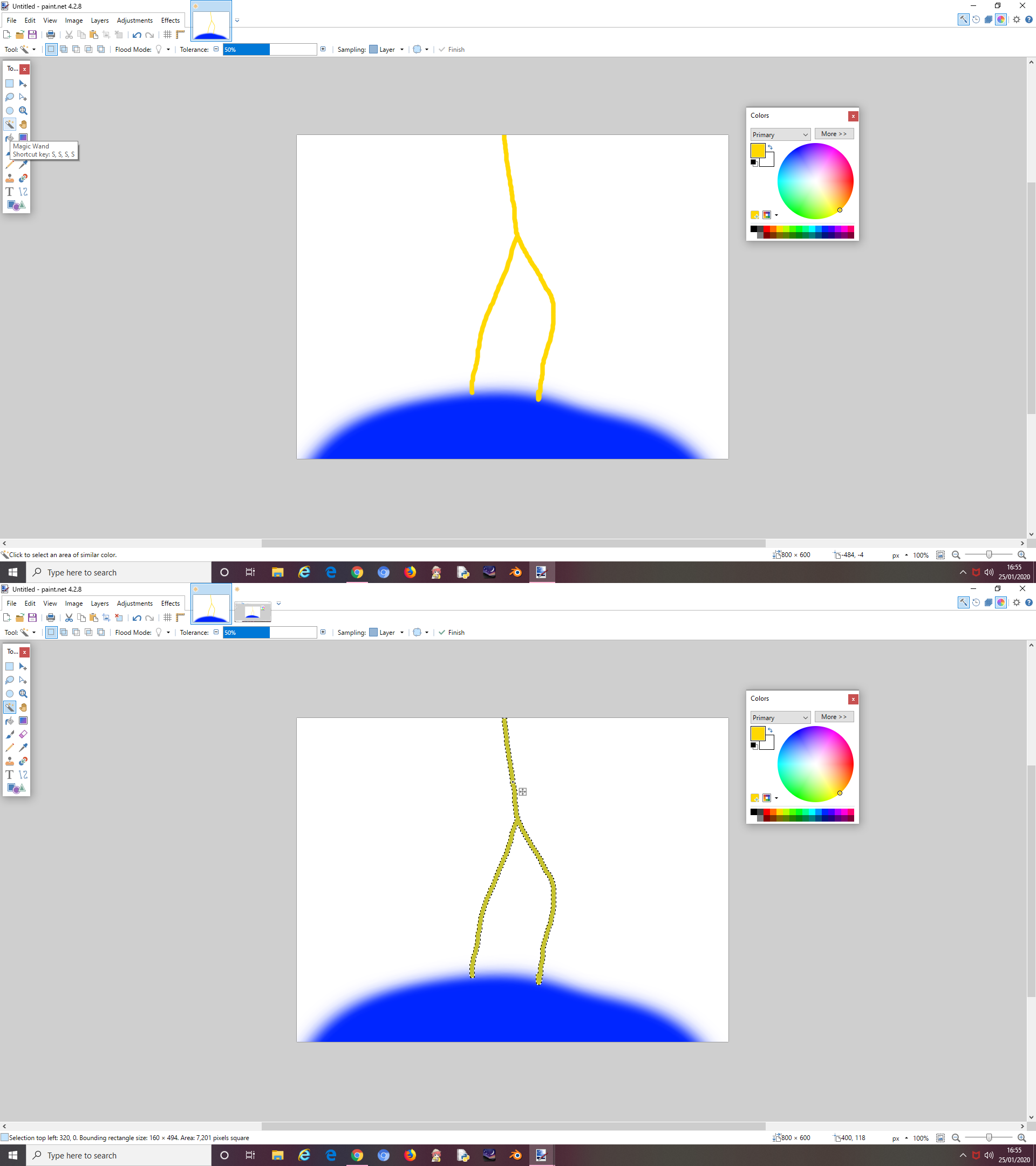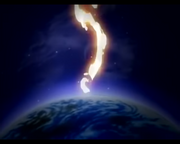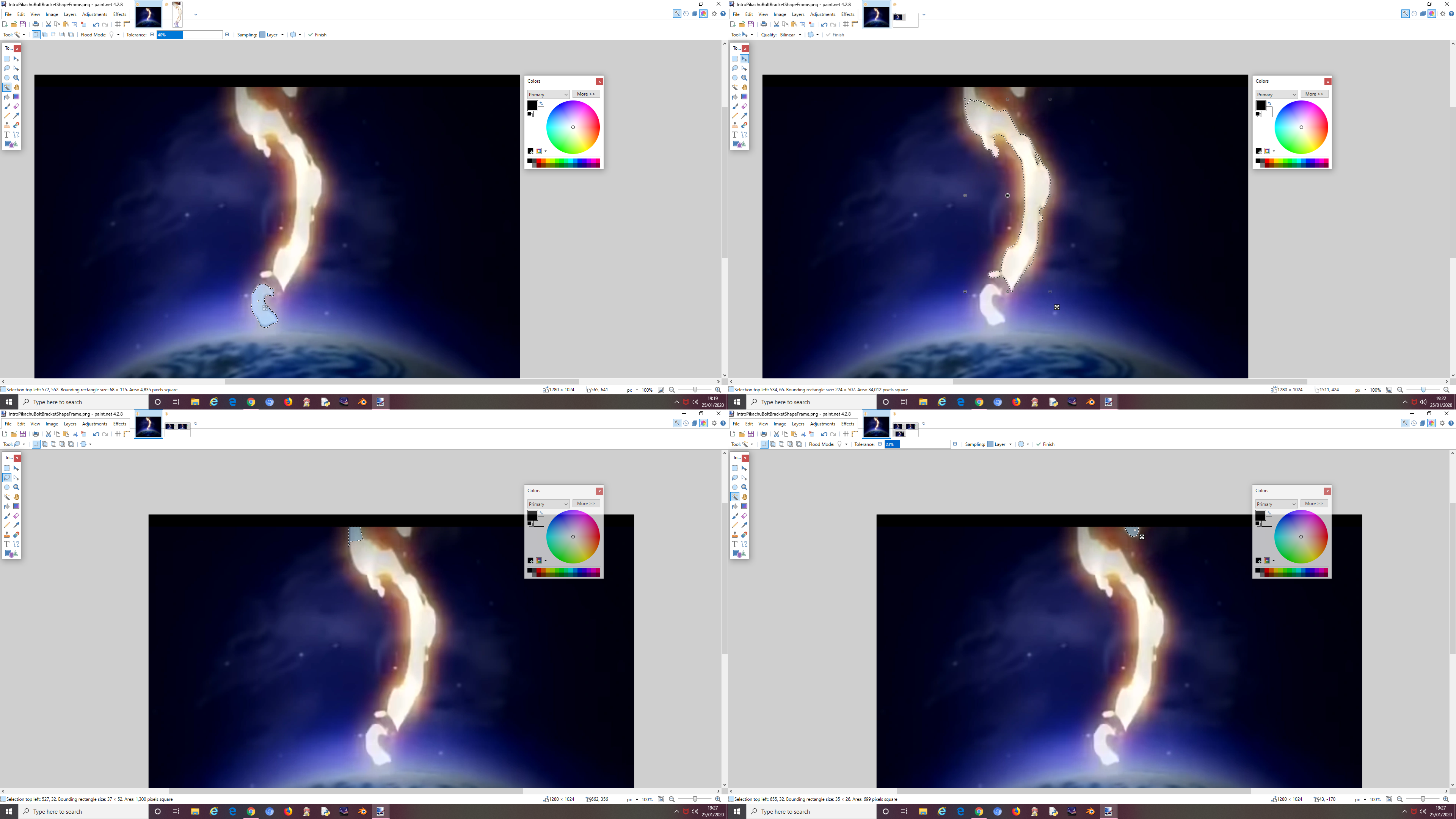- 10,786
- 1,635
The power of a lightning bolt, multiplied by the size difference?Imaginym said:Hunh. Not very sure. As said, not sure how to calculate how electricity's AP based on size. Wattage or voltage are probably needed. I forget how to find them. There's probably little to no air for the majority of the bolt (Which is good because I'm not sure if it's very clear, where, if anywhere Pikachu is within the Earth's atmosphere.) so that may have an influence.
A start is, obviously, making a sphere for Earth as it appears in that shot so that the bolt can be measured using Earth's diameter. Probably also need to pick a frame or assume a shape for measuring the bolt.
Anyone willing to help out with this?






